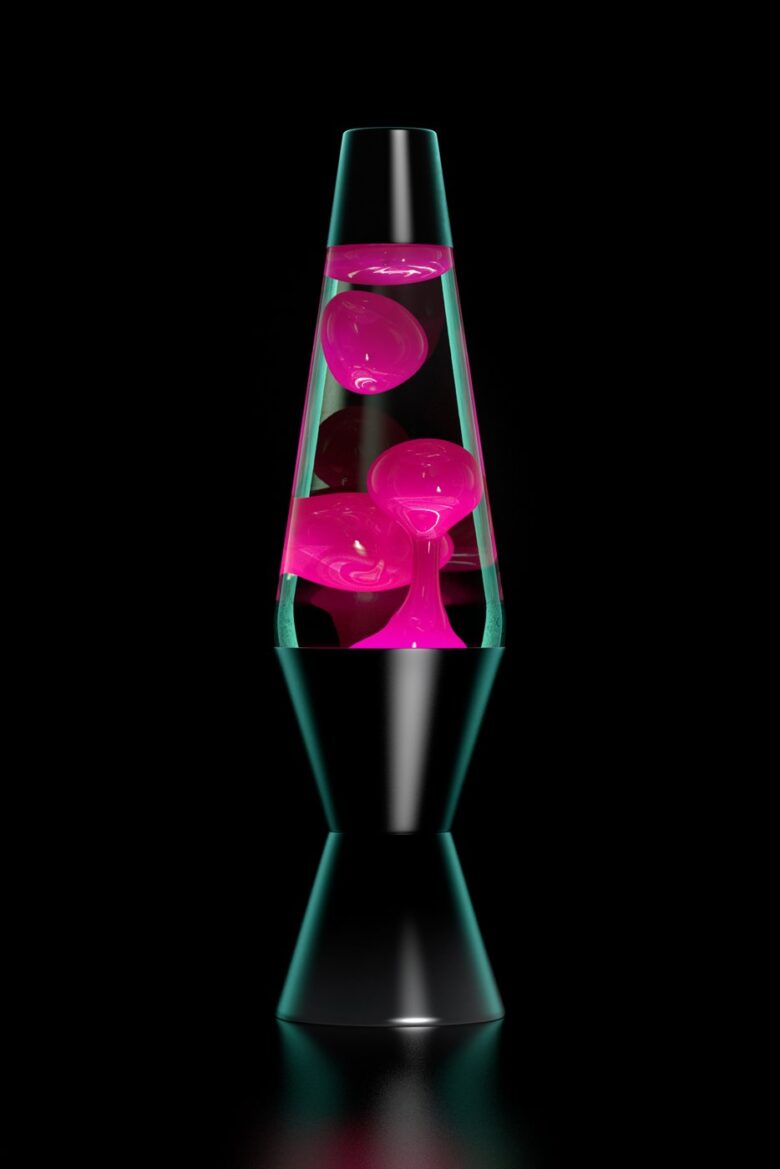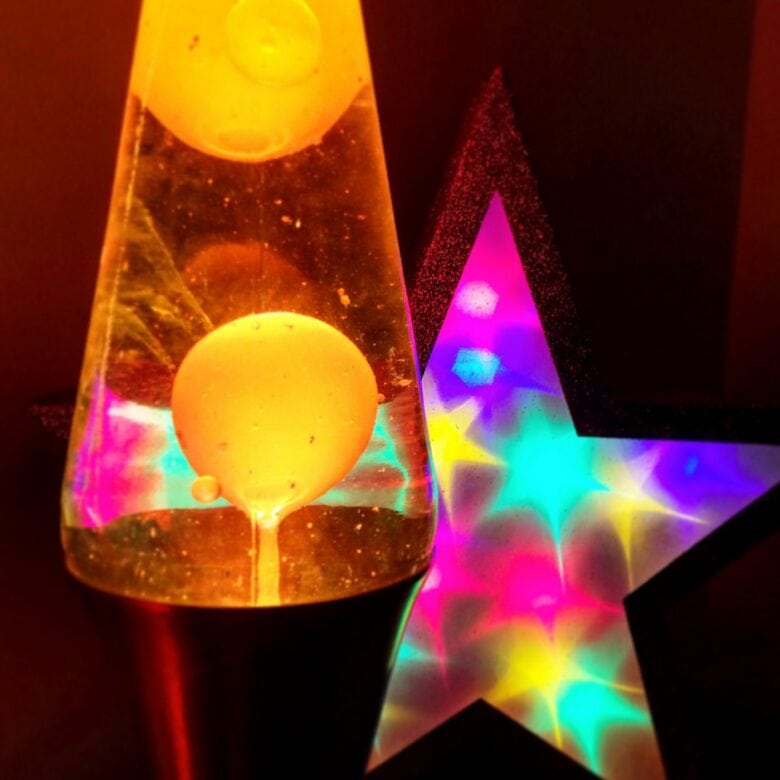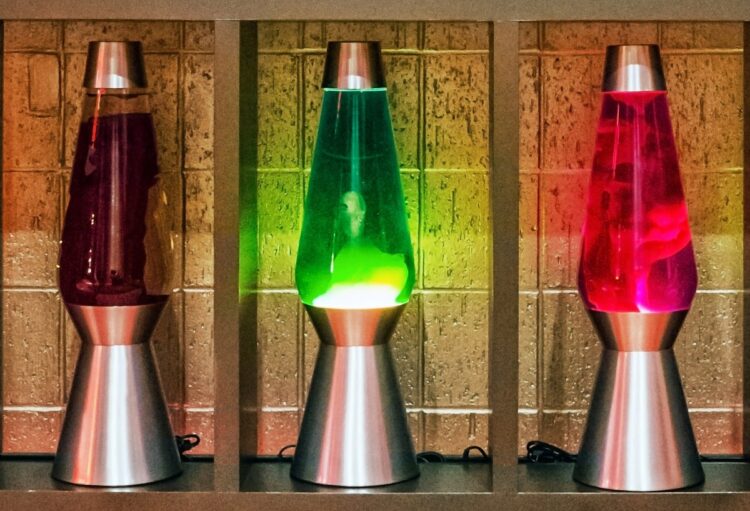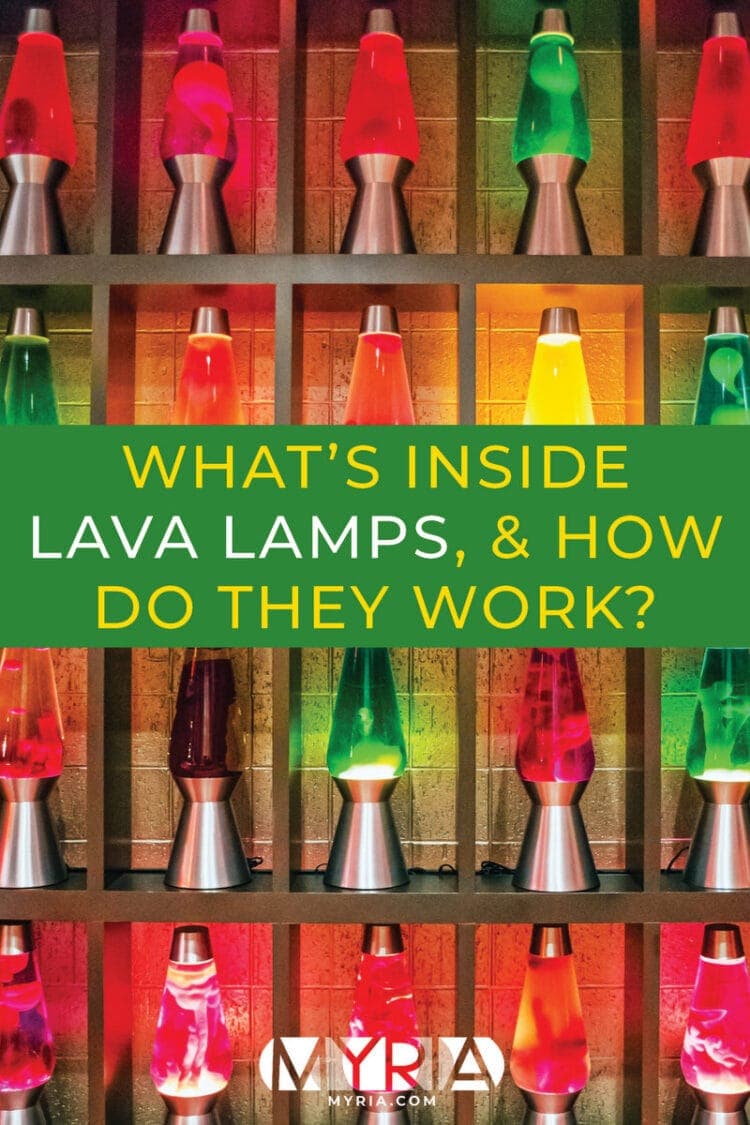Lava lamps were all the rage in the 1960s — the perfect time to debut something that created such a trippy-looking scene.
In fact, the liquid motion lamp’s inventor, Edward Craven Walker, reportedly once said, “If you buy my lamp, you won’t need to buy drugs.”
Lava lamps, those liquid motion wonders, seemed to have their own beat as they jazzed up the corners of our rooms. They were the cool, silent type, adding a dash of magic to our youthful spaces.
For those of us Gen Xers who existed during the time of this fad, these glowing blobs of color were the unofficial emblems of cool. Whether displayed in our family living rooms or stealing the spotlight in a hip older cousin’s hideaway, they were festive companions that animated the room without saying a word.
The soothing dance of wax and water was not just an aesthetic, but a gateway to a whimsical world where daydreams floated freely. Definitely magic, am I right? Now, step back in time with us, and let’s uncover the science that made the groovy magic happen inside these lamps that entranced.
How does a lava lamp work? “Light of a million moving shapes…”
The concept behind these unique lamps is pretty simple: Take two materials that don’t mix, and put them together. In this case, it’s basically wax and water.
When the wax is heated by the lightbulb in the bottom of the lava lamp, it goes from being denser than the water — thus sinking to the bottom — to becoming the lighter of the two materials, thereby starting to float.
When the wax reaches the top of the light (the point furthest from the heat source), it cools — and so becomes heavier again and sinks.
The whole heating and cooling then repeats over and over, in all its ’60-style glory. Like, far out!
What makes lava lamps flow?
As we mentioned, there are two components in the lava lamp: a wax compound and a liquid compound.
The wax — the “lava” — is said to be a blend of paraffin and perchloroethylene (PERC, aka dry cleaning fluid or brake part cleaner).
The liquid part is a mixture of distilled water, pure salt, antifreeze (ethylene glycol) and a coloring agent.
The two different blends are then are sealed inside a heat-resistant glass container, which is then placed upon the heat/light source (usually a 40-watt light bulb).
The exact ratios of all the components in both the water and wax elements need to be carefully calibrated to align their specific gravities to make the lava lamp work as expected (and to not have the wax break up into little blobs or just hang in place).
Although the specifics are considered a trade secret, the guys formerly at OozingGoo did a pretty good job of figuring it out. In fact, if you have the patience, the materials and the equipment, they even explained how you could create your own lava lamp.
Lava lamp history
The lava lamp — under the name Lava Lite — was introduced to the US in 1965. While the initial marketing didn’t play up the groovy angle, it wasn’t long before the light with the colorful, undulating glow caught on with the younger generation.
By 1967, the Lava Lite was being promoted with hyperbolic copy that included lines like “like wild — way out!” and “Eerie, ghostly color plus scintillating, sinuous motion… ever-changing — ever-different — never predictable.”

Lava lamp notes
As you can probably tell from the ingredients, the components of a lava lamp — whether self-made or bought — are quite toxic. So we’ll come right out and say it: Do not drink the contents of your lava lamp.
If you want to try making a basic, non-toxic variant of a lava lamp using materials you probably have at home, get an easy homemade lava lamp how-to here. And if you’re looking to go the really simple route, you can just download any one of several lava lamp apps for your smartphone.












